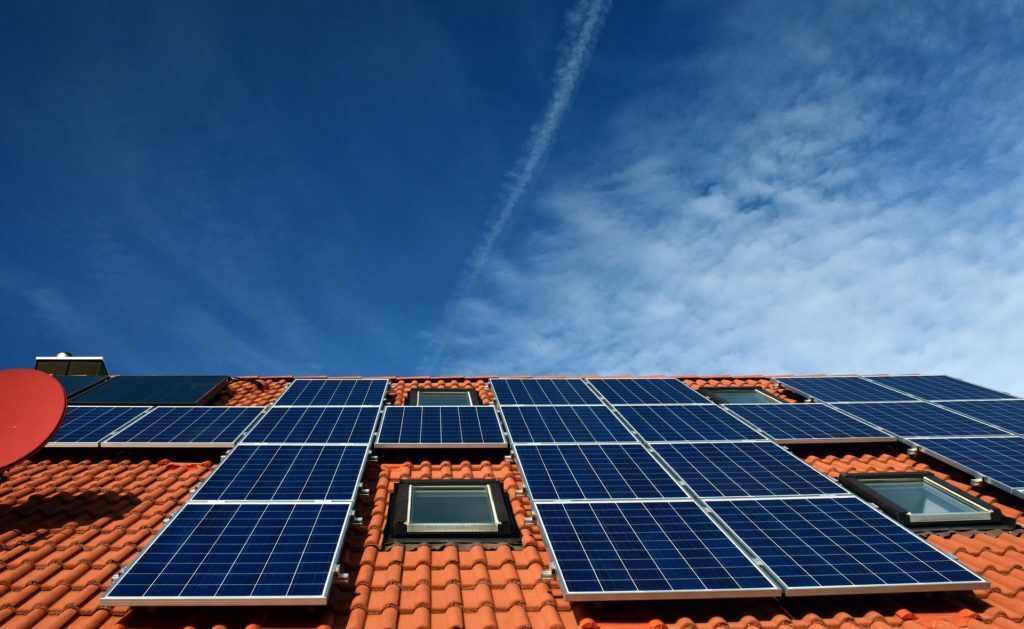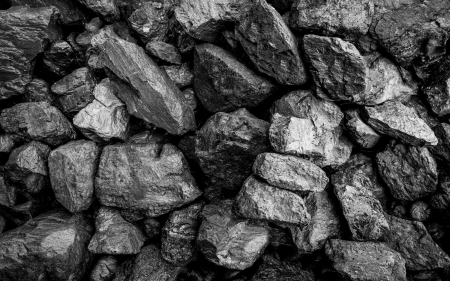The traditional first column of the year is usually a prediction of the events and trends to expect this year. I’ll give it to you in a sentence, then focus on the unfortunate reality in South Africa where the tech we need to focus on is somewhat more prosaic but infinitely necessary: solar.
As promised, this year the big tech trends will be the ever-growing usefulness of the mobile ecosystem, the advent of faster network speeds (especially 5G for mobile), the continued growth of artificial intelligence (AI), the ongoing connection of things to the internet (most sensors that measure them), the rise of electric vehicles and autonomous driving cars, and, hopefully, cheaper internet in Africa.
The technology that all South Africans are likely to be most keen to learn about, embrace and, hopefully, install in their own homes (and businesses) is solar. In case anyone needed reminding, buy the fourth day of the year, Eskom was already in load-shitting mode. (Past tense: load-shat.) This renaming of the rolling blackouts is my personal contribution to the Eskom-weary lexicon in South Africa.
The biggest threat to business, and personal sanity, this year is going to be power supply and how to resolve this. If anything, we’ve learnt over the last few years, Eskom simply can’t be taken at its word about the state of its own generating capacity. And it’s making a fool of anyone who tries to reassure us otherwise. President Cyril Ramaphosa promised us that there would be no load-shitting before January 13th.
As one twit on Twitter correctly interpreted it: “#Loadshedding is the debit order you forgot about”.
The only way out of this mess, let’s be rational and honest, is to stop relying on Eskom – at the very least as the primary source of our power. Africa has an average of 300 days of sunshine a year. President Jacob Zuma was partly right about us needing nuclear power to supplement the country’s energy mix, but as usual, he got it wrong. The nuclear reactor is in the sky, beaming sunshine down on us every day. We just need the photovoltaic panels and batteries to capture it and reuse it. The coal-fired electricity grid costs Africa an estimated $21bn a year. What a waste.
I predict this is the year that home-sized solar installations take off in South Africa. Although it should be encouraged by government, and tax incentives offered, don’t expect it to happen. Mining minister Gwede Mantashe could increase the solar supplied to the grid by signing agreements for independent power producers to offer their power into the grid, but the former mine union boss is as stuck in the past as the rest of the government – which looks to our coal-powered past – and is terrified of upsetting the unions. A few tens of thousands of militant unions members are effectively holding 58-million South Africans to ransom by refusing to accept the reality that energy production will eventually move to recyclable sources.
As I told an overseas-based friend on Saturday night, the roar of generators in my neighbourhood is the real sound of Ramaphosa’s New Dawn.
* Shapshak is editor-in-chief and publisher of Stuff (Stuff.co.za).




